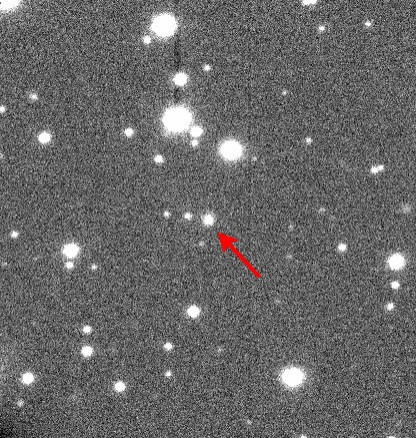Rare Icy Comet to Light up Northern Hemisphere: How and When to Watch C/2011 L4 Pan-Starrs
A comet will light up skies over the northern hemisphere, according to the Royal Astronomical Society. Named C/2011 L4 Pan-Starrs, the comet should be visible through a binocular or telescope on 8 March and to the naked eye on between 12 and 13 March. However, astronomers caution observers they will not be able to predict the brightness of the latter fly-by.
"We have great hopes for this comet. Of course we are always very cautious - even now we don't know how bright it is going to get - but we are keeping our fingers crossed," Mark Bailey, the director of the Armagh Observatory in Northern Ireland told the BBC.

Origins
The comet was first spotted in June 2011 in Hawaii. At the time it was more than a billion kilometres away and was, as it still is, heading in the general direction of the Sun. The BBC report states it will pass within 45 million kilometres of the Sun on 10 March. And it is around this time the comet should, theoretically, be brightest.
The comet, which is basically an icy mass, will start melting as it comes closer to the Sun. The ice and dust present on the outer crust of the comet will turn to gases, thereby illuminating the sky. Particles from the sun (solar wind) will blow the gases into a straight line, while sunlight would compel dust particles to form a curved tail.
The comet has already been observed in the southern hemisphere and was reported to be roughly as bright as the stars in the Plough.
How to Watch
"After sunset, scan the horizon roughly in the western direction. On the 12 and 13 March, there is a nice association with the thin crescent moon," Bailey added, explaining, "You can use the Moon as a guide, and search just down or to the left of the Moon. Through binoculars, you should be able to see the head of the comet and certainly the two types of the tail."
© Copyright IBTimes 2025. All rights reserved.





















